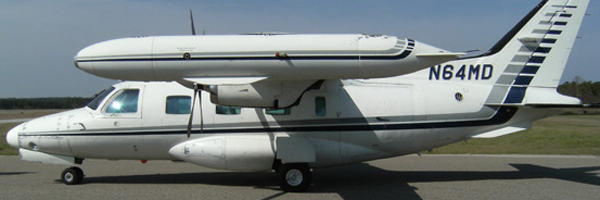Crash of a Cessna 414 Chancellor in Ramona
Date & Time:
Mar 16, 1990 at 1440 LT
Registration:
N711AG
Survivors:
Yes
Schedule:
Carlsbad - Ramona
MSN:
414-0016
YOM:
1969
Crew on board:
1
Crew fatalities:
Pax on board:
2
Pax fatalities:
Other fatalities:
Total fatalities:
0
Captain / Total hours on type:
50.00
Circumstances:
The pilot reported that the aircraft landed normally and during the landing roll a loud 'bang' was heard and the right main landing gear collapsed. An investigation was conducted by an FAA airworthiness inspector. During this investigation, it was noted that a washer in the right main landing gear assembly failed. Subsequent investigation, including a review of the aircraft maintenance records, revealed that cessna aircraft service information letter number ME83-37, dated november 23, 1983 had not been complied with. This service letter recommended replacement of the original washers with a new washer, Cessna part number S1450-5H12-063. (Old part number 5045018-2)
Probable cause:
Right main gear scissors assembly becoming disconnected during landing roll, allowing the right run landing gear to collapse; scissor assembly washers not being replaced as recommended in cessna aircraft service bulletin ME83-37.
Final Report:






